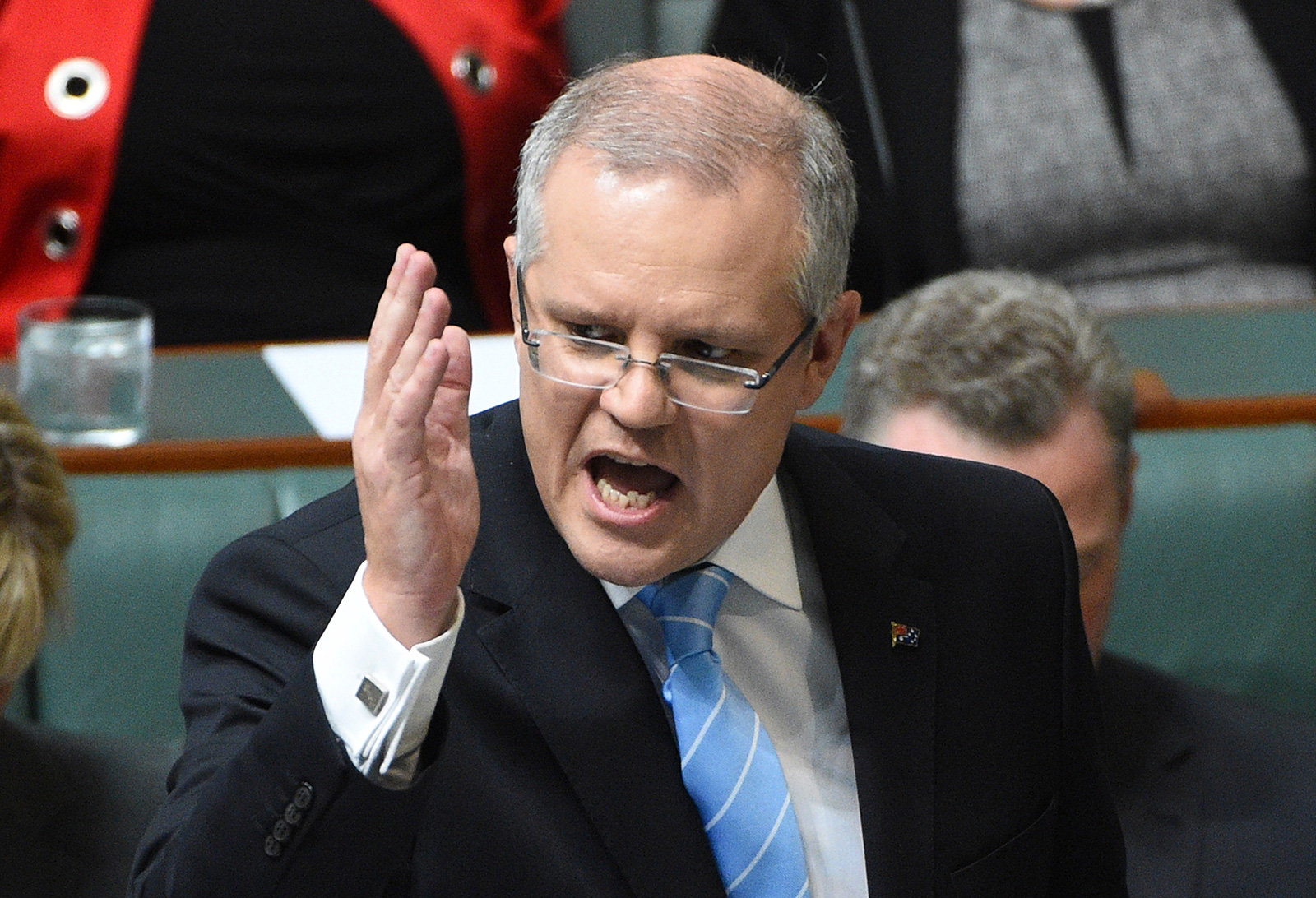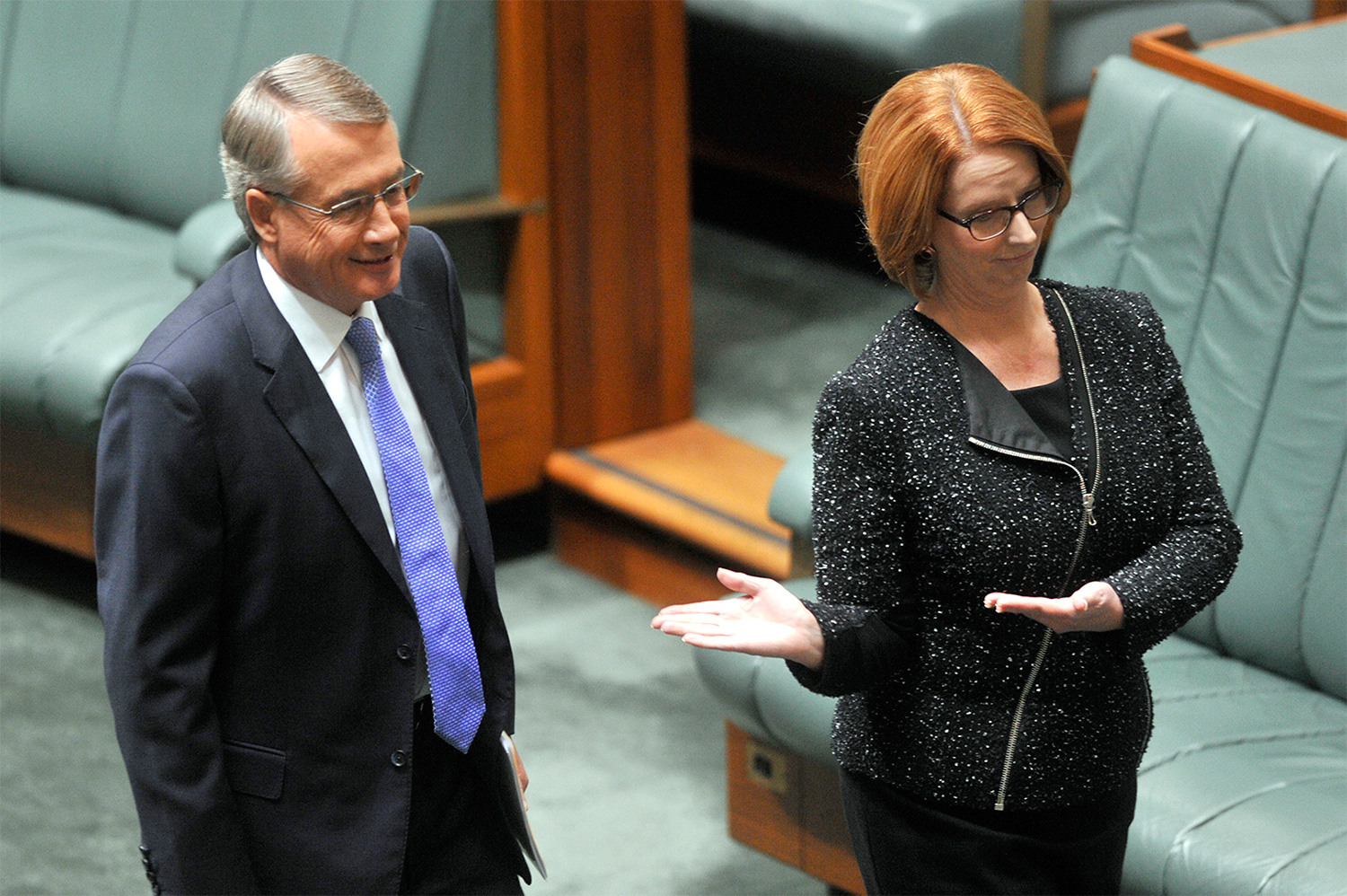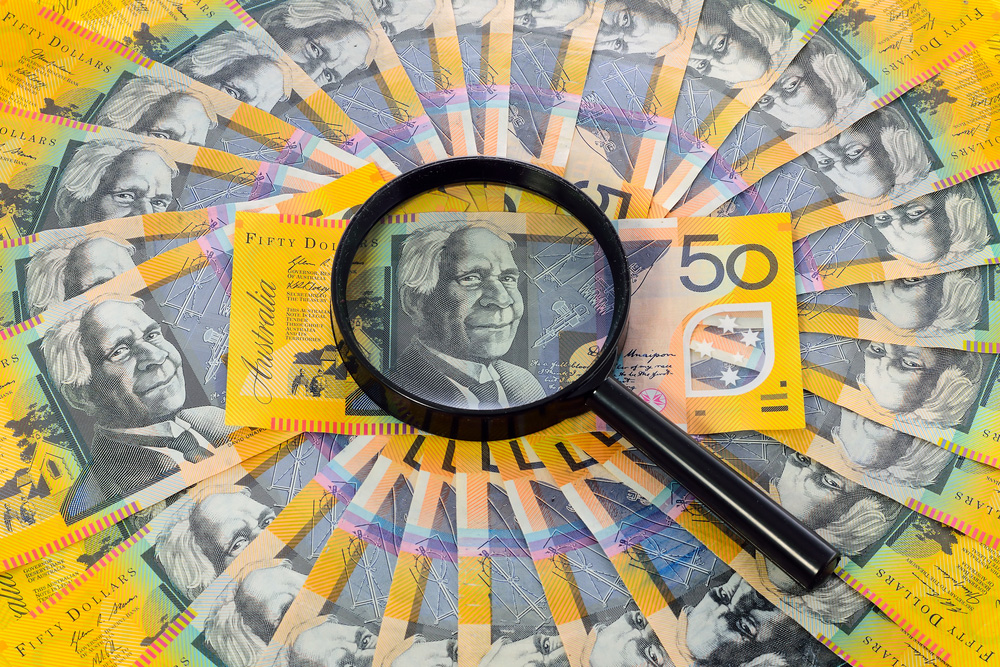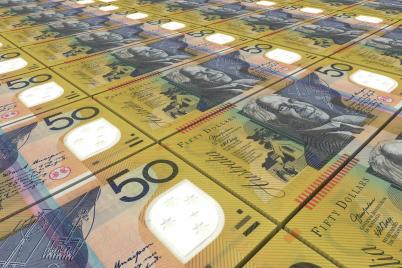Reality versus rainbow world

Professor Ross Garnaut says the 2016 Budget Papers take Australians into a world where everything is OK, when it’s not
Published 5 May 2016
The Budget Papers tell Australians that everything is okay.
We will soon complete a quarter century of continuous growth, unbroken by recession. Yes, that’s real, and something in which Australians can take pride.
The Budget Papers take us beyond this reality. They transport us into a world of rainbows.
The Budget Papers tell us that despite a bit of a dip in recent times, the economy will bounce back to what were once regarded as normal rates of nominal and real growth in output by 2018-19. By then, we will have set a developed country world record for continuous growth.

Read the first page or two of the Budget documents, and you will see that the rainbow world is “expected”. Read further, into the pages in which more of the Treasury professionals’ words have survived, and you will see that the bounce in 2018-19 and beyond is “projected” not forecast.
That means the good outcomes are there by assumption, and not forecast through analysis.
That means that the deficit reductions in later years are there by assumption.
The Budget Papers assume that the main determinants of Australian output and incomes growth in dollar terms will return to trend.
Uncomfortable assumption
The Budget projections assume a return to historical rates of productivity growth. That is an uncomfortable assumption if you remember that productivity growth—multifactor productivity growth, which determines incomes of ordinary Australians—has been negligible for more than a decade.
The budget forecasts assume a price of iron ore that is way above what is being anticipated in forward markets. The forecasts as well as projections assume prices that are even further above levels that analysis suggests will clear the market when Chinese demand has adjusted to the new model of growth and when the massive expansion of supply that is currently in train has been completed.
The Budget expectations are more uncomfortable if you wonder why the rate of inflation will bounce back to normal, after the recent data has suggested that Australia may be joining the disinflationary experience of the rest of the developed world.
Three Australian Prime Ministers and two Treasurers have been destroyed since a new model of Chinese economic growth announced the end of the resources boom in 2011.
The three successive short term Prime Ministers weren’t pure and simple duds. Australia’s political system throws up leaders who on the whole are of rather higher quality than the general run of us.
The destruction of three successive Prime Ministers was helped along by the interaction of twenty-first century political culture with the Dog Days that have accompanied the decline from the resources boom peak in 2011.
One cause of destruction was the undermining of Prime Ministerial authority when great chasms came to separate budget deficit expectations and reality.

Every budget since Treasurer Wayne Swan’s for Prime Minister Julia Gillard in 2011 has pointed to a big budget deficit in the year ahead, and then a fairly steep reduction in the deficit, until we return to surplus in the not-too-distant future.
The 2016 Budget looks much like its five predecessors.
Every year since 2011 has seen Governments seeking to ensure the net impact of their policy decisions to reduce taxation or increase expenditure is to reduce the budget deficit in the years ahead.
Every Prime Minister and Treasurer since 2011 has achieved this objective, excepting only the post-election changes in 2013.
Deficit reduction
A couple of the budgets since 2011 have been heroic in their efforts to place downward pressure on the deficit and therefore future debt. In 2012-13, leading into the last election, nominal Commonwealth expenditure actually fell for the first time in the forty years in which Treasury data are available in comparable terms. This followed a fall in real Commonwealth expenditure in 2011-12. These two budgets were passed by the Senate, and then implemented more or less as legislated. The first Abbott budget for 2014-15 attempted as much as 2011-12, but fell foul of community reactions to its effects on equity and failed in the Senate.
The sound intentions on deficit reduction and debt constraint in every budget from 2011 have been overwhelmed by disappointed expectations on revenue.
These Budget Papers point to revenue downgrades over the forward estimates of forty odd billion dollars since the 2015 budget including $13.5 billion since Treasurer Morrison brought down the mid-year statement at the end of last year.
I fear that another Prime Minister and Treasurer have followed the rainbow into a place of great vulnerability.
This budget is not as ambitious in reducing deficit and debt as its predecessors since Australia entered the Dog Days in 2011. Less ambitious; but no less likely to be disappointed.
It is time that we stopped dismissing leaders as duds when we are disappointed by reality, and started looking at systemic reasons for our underperformance.

The central problem is the domination of public policy discussion by vested interests.
An example in this budget is the reduction in company tax at the request of the Business Council of Australia without serious analysis of its effects on future deficits.
The Business Council asserts that the company tax reduction will be paid for by increased economic growth.
The most careful economic analysis, by Janine Dixon of the Centre for Policy Studies for the Melbourne Economic Forum, has shown that while a company tax cut will increase output in Australia, it will significantly reduce budget revenue and also the average income of Australians.
These carefully researched and independent results have been drowned in a sea of doubtful studies produced by interested parties.
In the end, the main victims of the undervaluation of independent analysis and elevation of vested interests in contemporary Australia are not the Prime Ministers and Treasurers that we dismiss in disappointment.
The victims are all Australians, as we sleep walk through into deeply problematic country.
This article was published with The Age.
Banner Image: Shutterstock.

